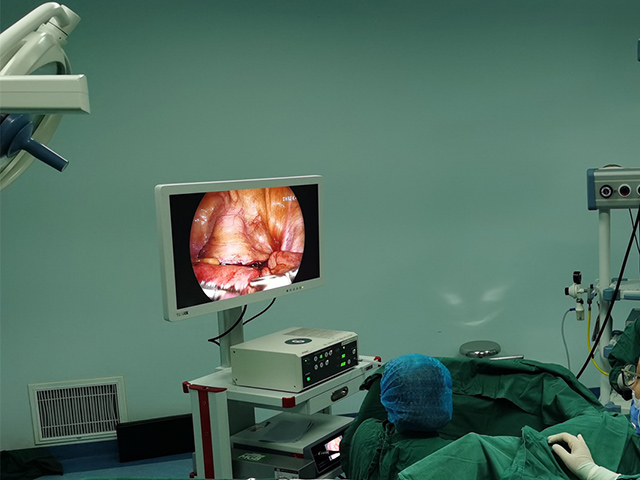
Minimally invasive surgery (MIS) is a modern surgical technique that has gained increasing popularity in recent years due to its many advantages over traditional open surgery. MIS is characterized by small incisions, reduced blood loss, faster recovery times, and fewer complications. The development of new surgical instruments and accessories has been a critical factor in the advancement of MIS.
Instruments for MIS are typically smaller and more delicate than those used in open surgery. The most commonly used instruments in MIS are endoscopes, which are used to visualize the internal organs and tissues, and laparoscopic instruments, which are used to manipulate and dissect the tissues. Endoscopes have advanced in recent years with the development of high-definition cameras, which provide better image quality and allow surgeons to see the surgical field more clearly. Endoscopes with 3D imaging capabilities have also been developed, which provide greater depth perception for the surgeon.
Laparoscopic instruments have also undergone significant development in recent years. The most significant advancement in laparoscopic instruments has been the development of robotic-assisted surgery systems. These systems are controlled by the surgeon, who sits at a console and uses a set of robotic arms to manipulate the instruments. Robotic-assisted surgery systems offer greater precision and control than traditional laparoscopic instruments and have been used in a variety of surgical procedures, including prostatectomy, gynecological surgery, and gastrointestinal surgery.
Accessories for MIS have also seen significant development in recent years. One such accessory is the trocar, which is used to create the small incisions through which the laparoscopic instruments are inserted. New trocars have been developed that require smaller incisions, resulting in less trauma to the tissues and reduced post-operative pain. Another accessory is the insufflator, which is used to inflate the abdominal cavity with carbon dioxide gas to create a working space for the laparoscopic instruments. New insufflators have been developed that use lower pressure, resulting in less post-operative pain and fewer complications.
In addition to endoscopes, laparoscopic instruments, and accessories, other MIS technologies have been developed, including natural orifice transluminal endoscopic surgery (NOTES), which involves accessing internal organs through natural orifices such as the mouth or vagina, and single-port laparoscopic surgery, which involves performing the surgery through a single incision. These new technologies are still in the early stages of development, and their effectiveness and safety have not yet been fully established.
In conclusion, the development of minimally invasive surgical instruments and accessories has been critical to the advancement of MIS. New technologies such as robotic-assisted surgery systems, smaller trocars, and lower-pressure insufflators have made MIS safer and more effective. As these technologies continue to develop, it is likely that MIS will become even more prevalent in surgical practice, resulting in improved patient outcomes and reduced healthcare costs.


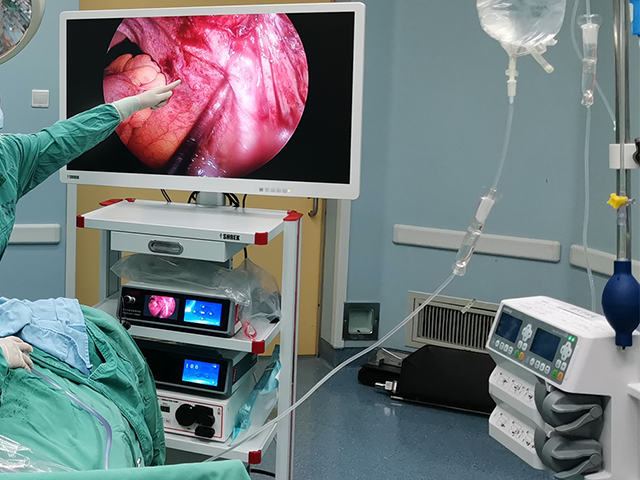
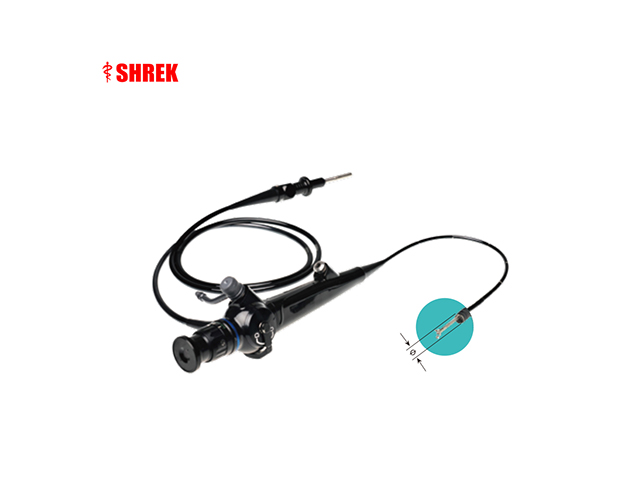
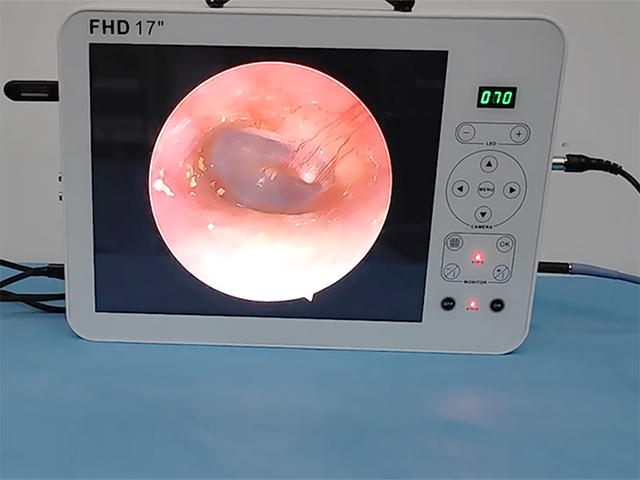
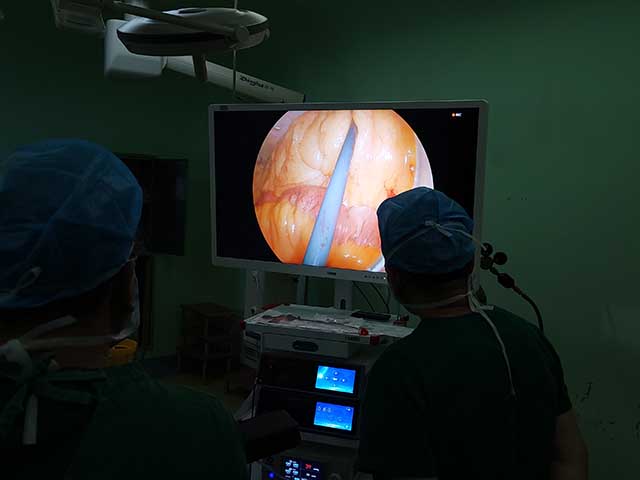
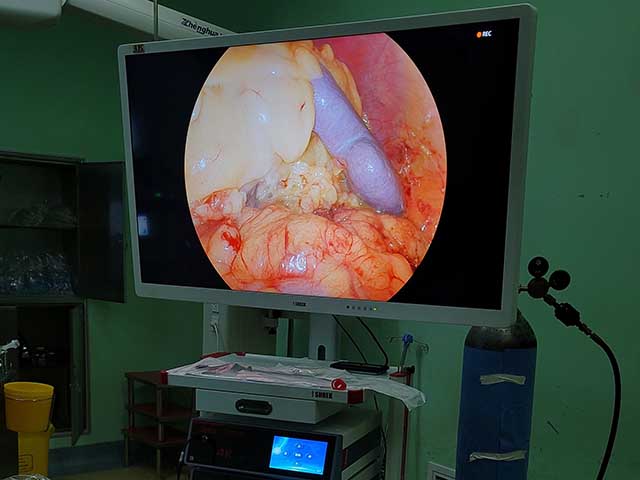

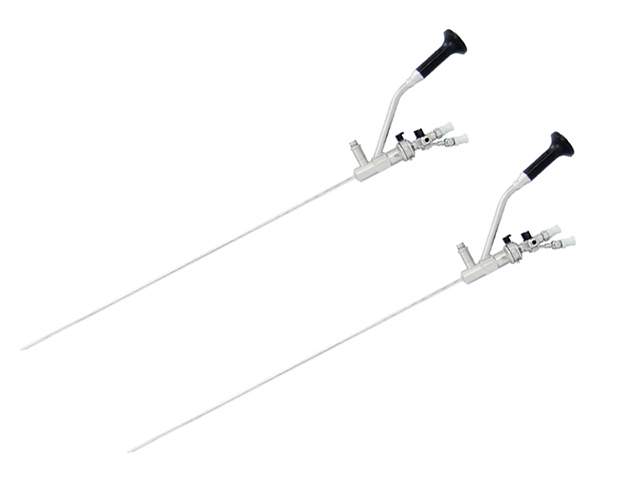
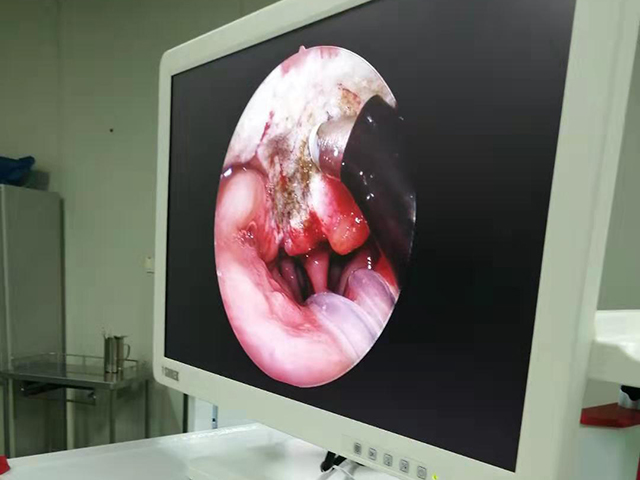
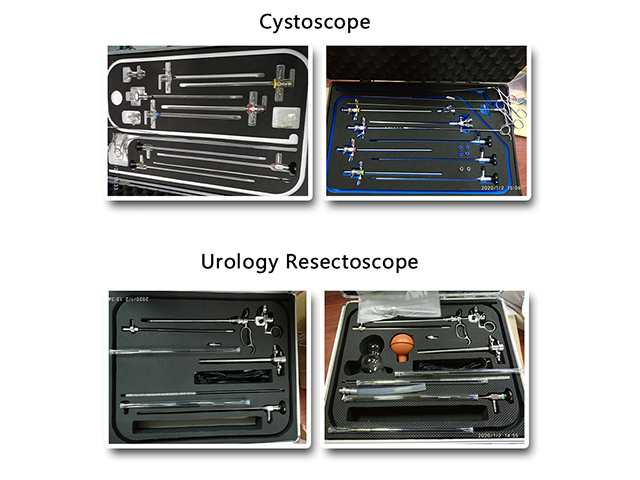
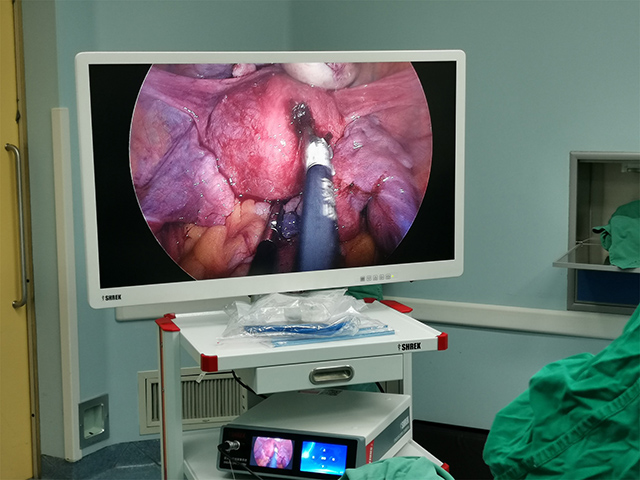
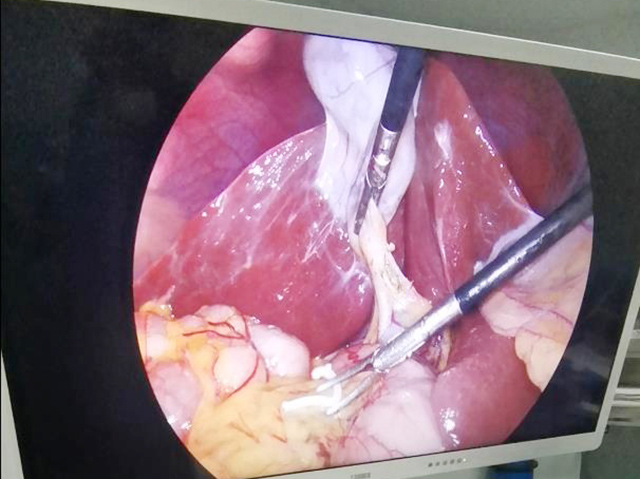

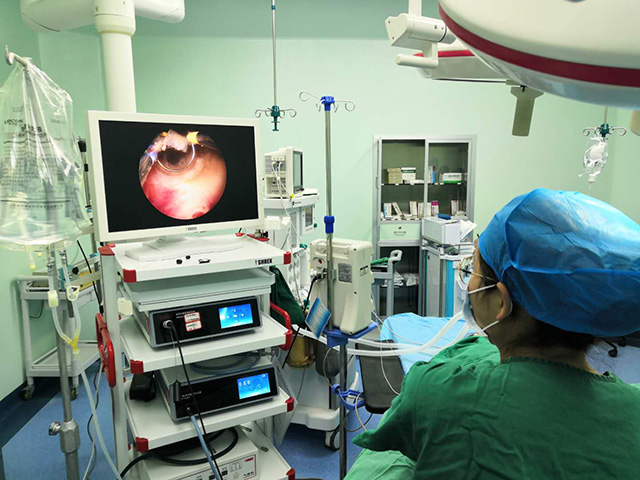
Leave A Inquiry